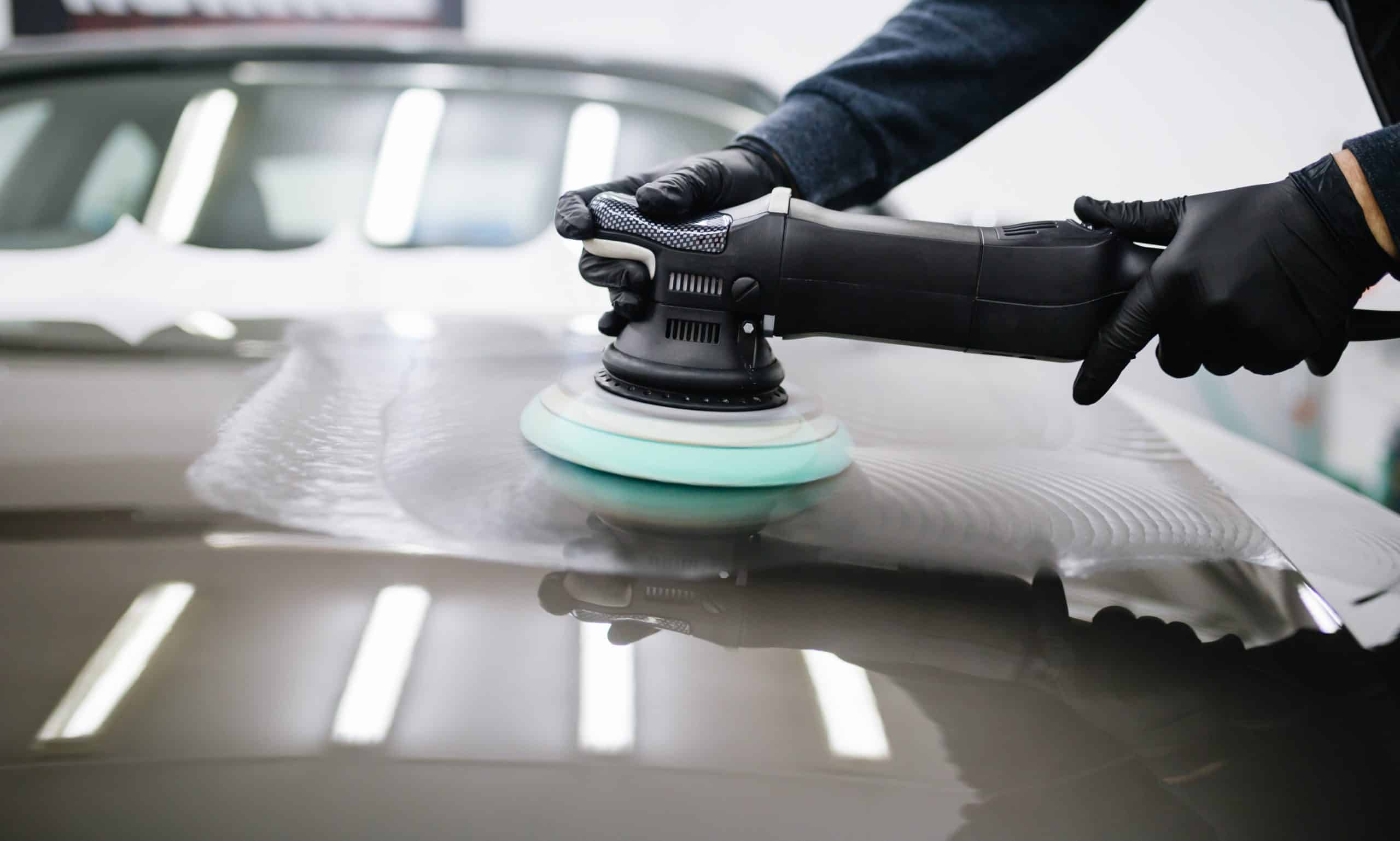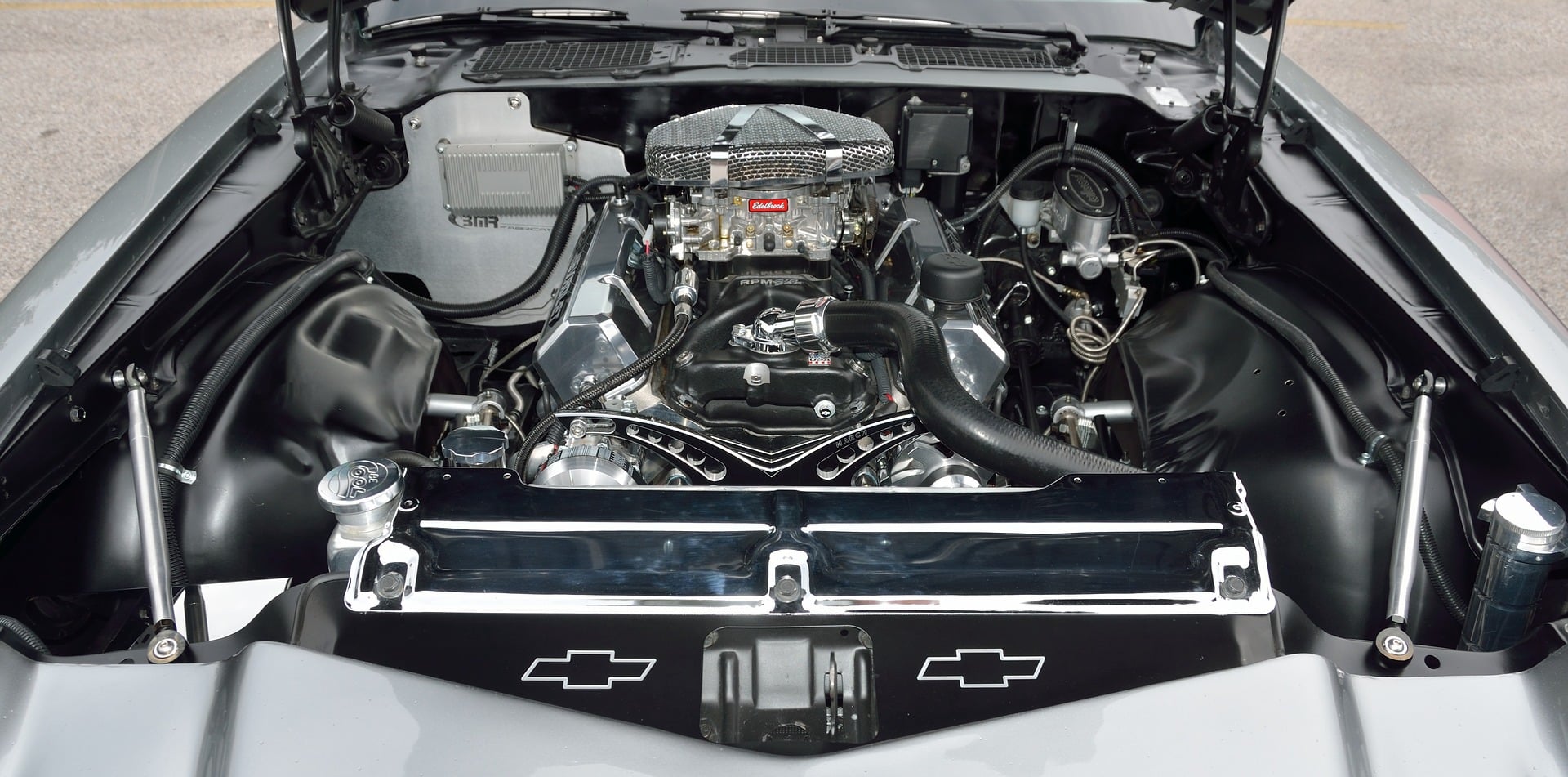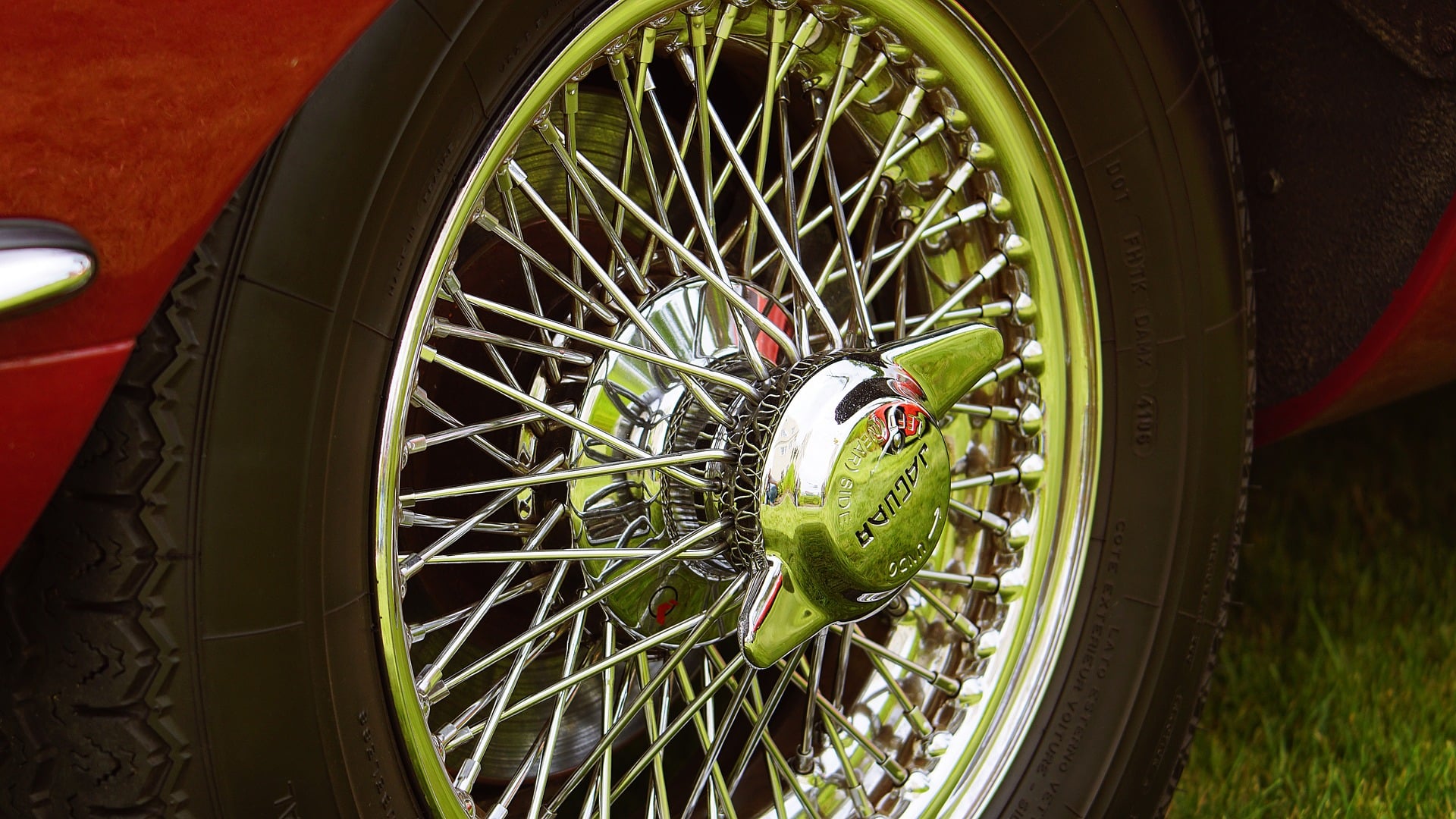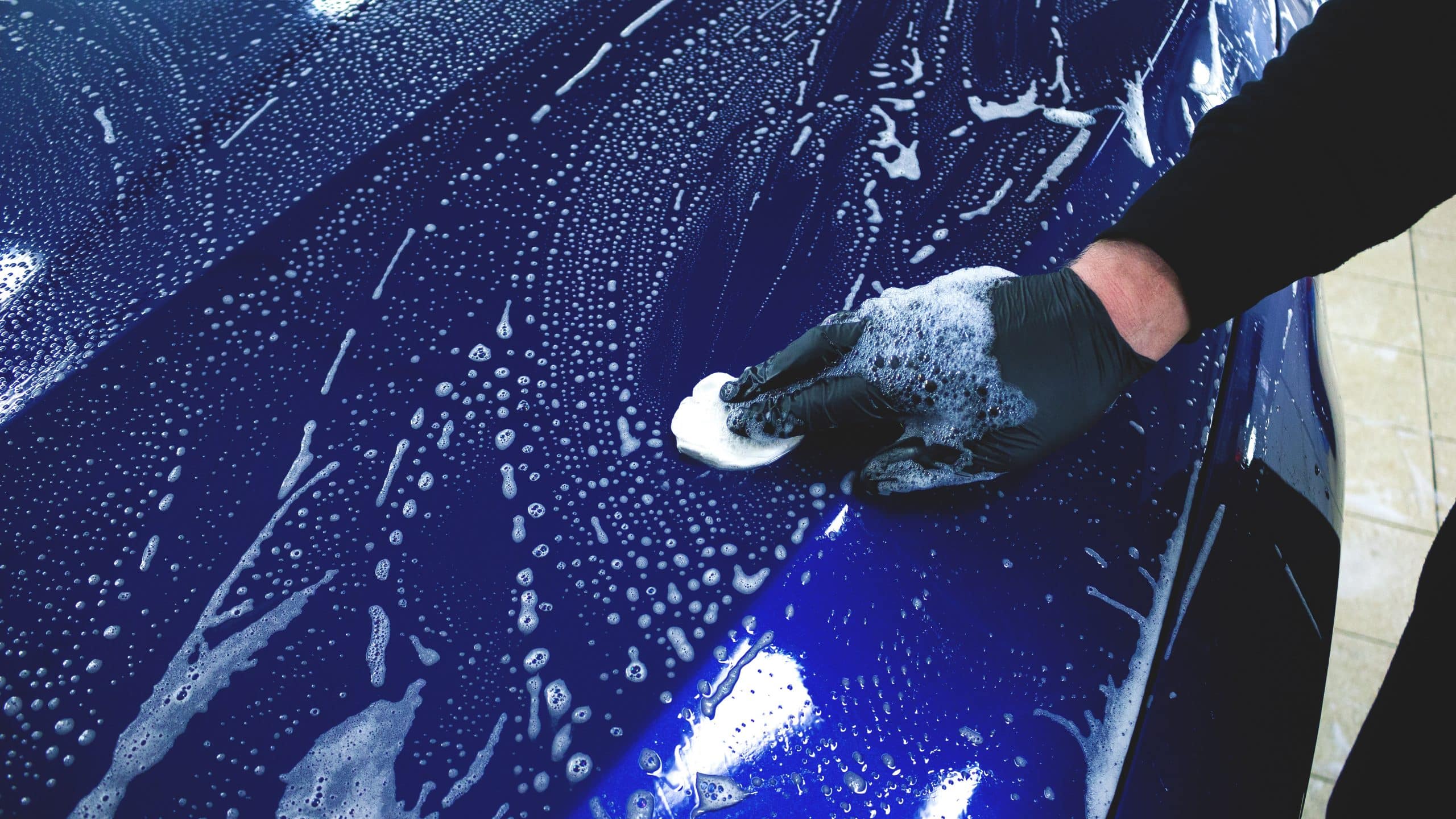Explore practical and efficient ways to defrost a frozen car door and preventive strategies for hassle-free winter mornings.
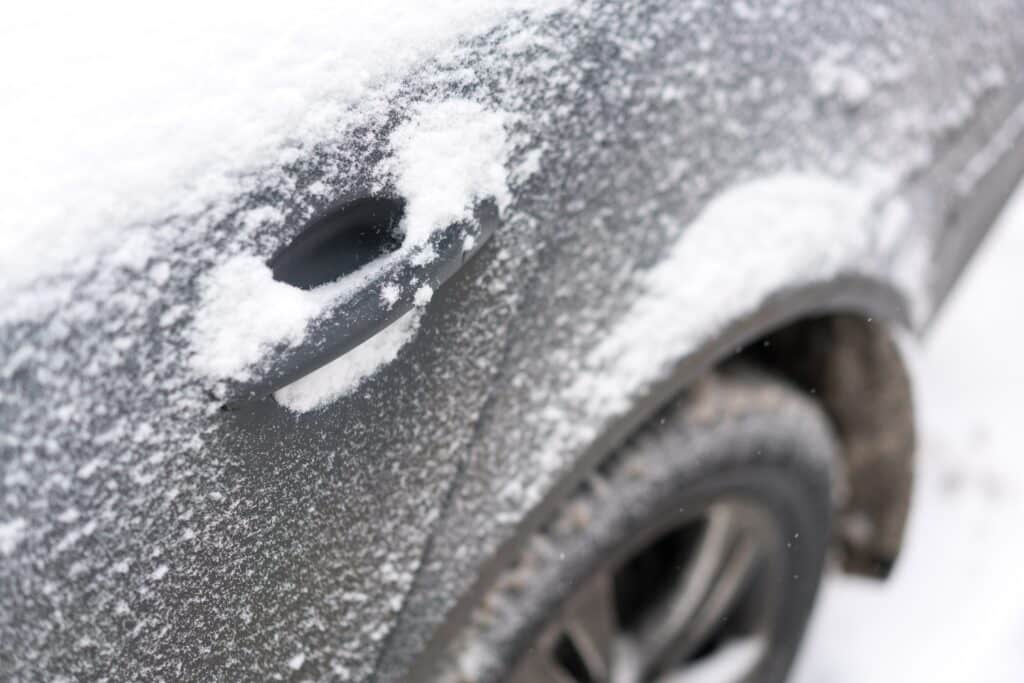
We’ve all been there – stepping out into the brisk winter morning, coffee in hand, ready to start the day, only to find that your car door is frozen shut. It’s a common wintertime issue that can be very annoying when you have to get somewhere in time…
Unfreezing a car door doesn’t have to be a daunting task though. With the right tricks up your sleeve, you’ll be on the road in no time. Let’s dive into the world of car door defrosting, and explore effective methods and preventative measures to ensure a smooth winter commute.
Methods to Open A Frozen Car Door
Remote Start
This is the most straightforward method. If your vehicle has a remote start function, you can use it to warm up your car from the inside out. By starting the engine and running the heater remotely while you’re enjoying your breakfast, the ice on the car door rubbers and mechanism will have time to thaw, enabling you to open the car door without issues. To use a remote start function, your car has to be parked in open air, of course.
If your car doesn’t have a factory remote start function, you can install a DIY aftermarket kit. It’s pretty straightforward to install on most cars, and it won’t break the bank.
Door Pull Method
Sometimes, applying gentle yet firm pulling force can help break the ice seal between the car door rubbers and get it unstuck. With one hand on the door handle and the other on the door frame or on the adjacent door, you want to apply increasing, yet gentle pulling force. The trick is to gradually increase your pull and hold it till the ice between the door rubbers starts to loosen. Be careful not to use excessive force, as this could damage the car door rubbers or the door lock mechanism.
This method has its limitations; if gentle pulling force doesn’t work, you want to try a different method rather than running the risk of damaging your car.
De-Icer Spray
Commercially available de-icer sprays are formulated to melt ice quickly. Simply spray the product onto the frozen areas like the car door handle and lock or between the door, wait for a moment, and then attempt to open the door. Always follow the product’s instructions for safe and effective use.
The downside of this method is that the spray won’t always be able to reach the frozen problem areas like between recessed door rubbers or built-in locking mechanisms.
Hand Sanitizer
If there is no de-icer spray available but you have access to hand sanitizer liquid or spray, its high alcohol content can effectively melt ice too. Apply a small amount of sanitizer liquid directly onto the frozen door handle, and gently work it in until the ice melts. If it’s a hand sanitizer spray, you can also spray it between the door gaps to try and thaw the ice between the door rubbers.
Just like when using a de-icer spray, the downside of this method is that the spray won’t always be able to reach the frozen areas like between recessed door rubbers or built-in locking mechanisms.
Hair Dryer
If your car is parked in front of your house and you have access to an electrical outlet near your car, a hair dryer is your tool of choice. Set the dryer to its highest setting and direct the warm air onto the frozen areas of the door. Be patient, as this method may take a few minutes. Once you’ve opened the door, use a towel to wipe away the moisture and water in the door frame and rubbers so it can’t freeze again.
This gentle method always works given a few minutes. The downside is that you need an outlet closeby and a hair dryer, of course.
Warm Water Method
Arguably the quickest way to unfreeze a car door is by pouring warm (not hot) water over the frozen areas. Ensure the water is not boiling hot, as extreme temperatures can cause rapid, uneven material expansion. This big temperature difference can shatter car glass, for example. Gently pour the warm water over the door seams and handle, and then try to open the door. Afterward, it’s crucial to wipe away any excess water that has settled in the door frame and rubbers to prevent it from refreezing when you close the door again.
The downside of using warm water to thaw frozen car door components is that the parts you can’t wipe dry, like the door locking mechanism, might get even wetter using this method and freeze even worse next time the car is parked. That may be a slippery slope, so to speak…
Preventative Lubrication
Before the winter season hits, apply a silicone-based lubricant to the door seals and locks. This not only helps to keep the components in good condition but also prevents water from seeping in and freezing.
There’s no downside to this method, but to be effective, the silicone spray has to be reapplied every few months, depending on weather conditions.
Preventing Car Door from Freezing
- Cover Your Car: If possible, park your car in a garage or use a car cover to protect it from the elements. This is one of the most effective ways to prevent freezing.
- Protective Lubrication: As mentioned earlier, applying a silicone-based lubricant to door seals and locks can prevent freezing. Make this a part of your winter car maintenance routine.
- Wipe Down Seals: After washing your car or driving through wet conditions, take a moment to wipe down the door seals. Removing excess moisture can prevent freezing when the temperatures drop.
- Use a Door Seal Conditioner: Available at automotive stores, door seal conditioners are designed to protect and lubricate the rubber seals around your car doors, preventing them from freezing and cracking.
Conclusion
Navigating the winter months requires some preparation and patience, also when it comes to unfreezing car doors. By understanding the various methods to thaw your car doors and taking preventative measures, you can ensure a smoother and less stressful winter driving experience and make your car more reliable.
Remember to always wipe away any excess water or melted ice from your door rubbers to prevent them freezing shut, and ensure your door rubbers are conditioned and your car door locks are fully functional and well lubricated throughout the winter season.
Stay curious, and until next time, keep exploring the incredible world of automotive wonders!



